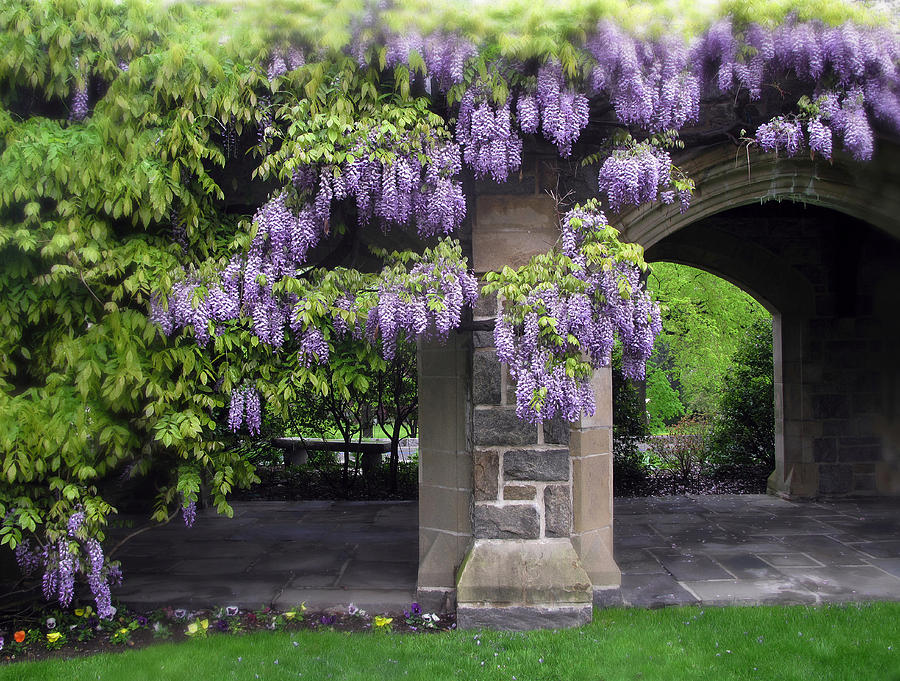Every year in the Shire's spring, our pleasure over all the flowers and new leaves
soon turns to discomfort and even misery.
That's because with each flower comes extremely high levels of pollen.

This photo is from en.wikipedia.org > pollen.
It shows pollen collected on a tulip bud.
And that powdery pollen soon turns everything
a ghastly shade of yellow green.
This year, it started as a sulphur yellow;
in recent days, it has begun to show signs of light green.
This next photo is copied from craftylilthing.blogspot.com,
originally posted April 11, 2008.
The powder on the table is only a snapshot of the way most things look
this time of year:

photo posted by pj on www.craftylilthing.blogspot.com
The mess it makes cannot be understated.
A fine, light powder coats the grass, the sidewalks, driveways,
the decks, the patios, the lawn furniture,
and even the flowers and shrubs.
pollen on a small lake near my house
It languishes atop the water in lakes, streams and puddles.
It powders our skin, our hair, our clothes, our cars, and our pets.
We have to keep our doors and windows closed,
lest our homes become powdered on the inside as well.

photo from en.wikipedia.org > pollen,
a marmalade hover fly with pollen on its face and legs.
And yet, like many things in life, pollen is a double-edged sword.
Without pollen and the bees who carry it,
there would be no beautiful flowers in the spring.
And that makes all this powder worth the trouble.
<>







